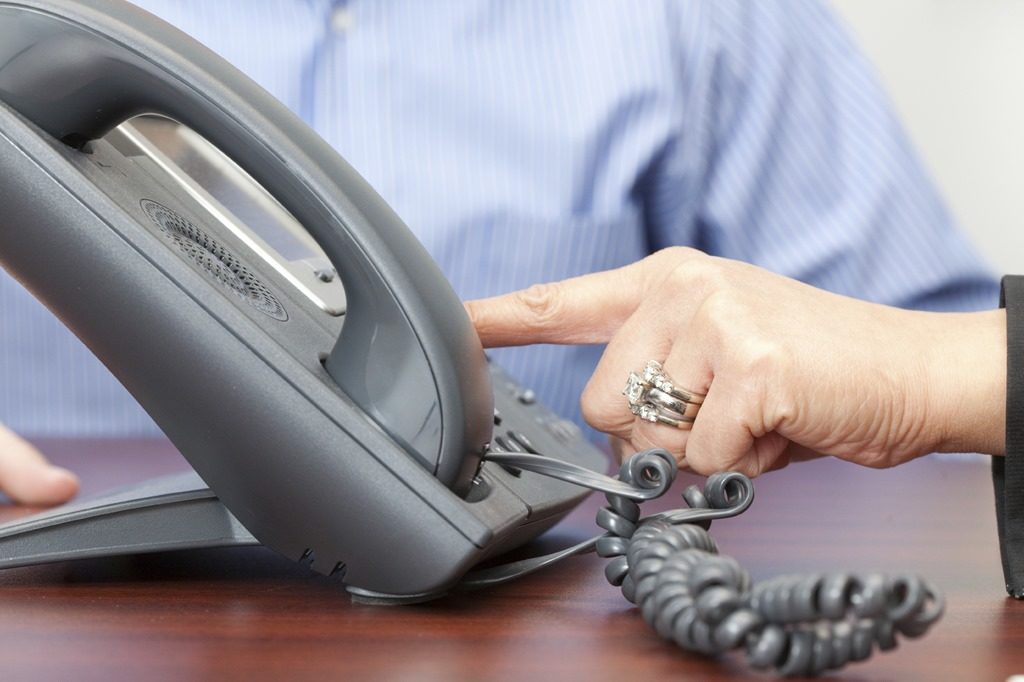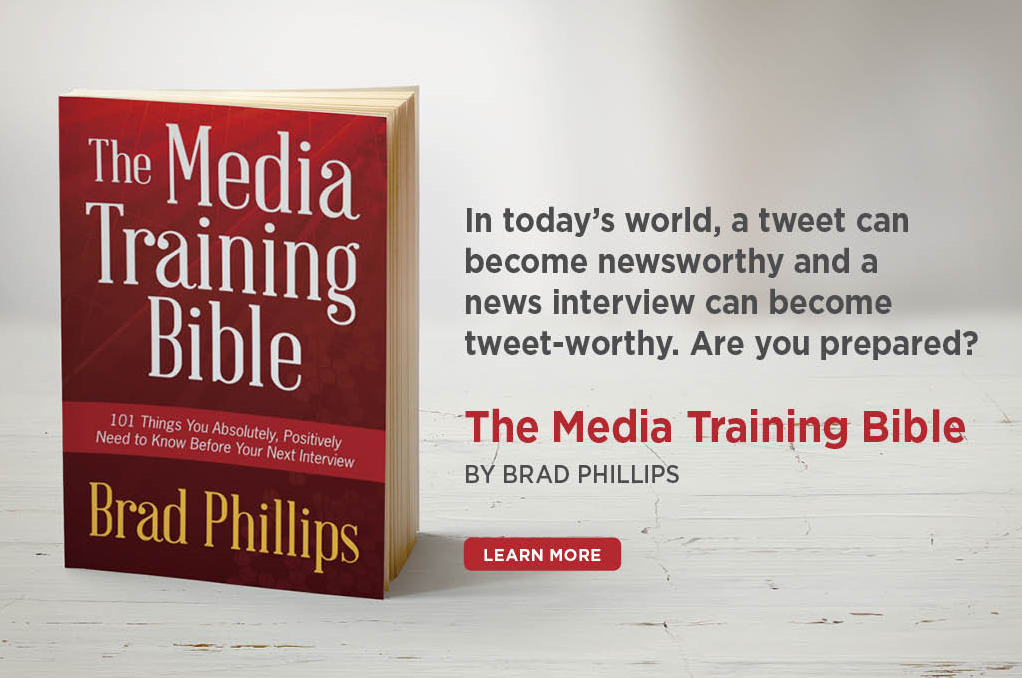Eight Ways To Deliver A Better Phone Interview
This is an excerpt from my book, The Media Training Bible: 101 Things You Absolutely, Positively Need to Know Before Your Next Interview, available in soft cover and all major eBook formats.
Most people don’t know how to use a telephone. Sure, they talk on the phone with their family, friends, and business contacts every day. But the telephone habits they use during those calls are radically different from the ones they need for print or radio interviews conducted by phone, known as “phoners.”
So forget everything you (think) you know and remember these eight tips the next time you have a phoner.

1. Get out of your office: Don’t sit at your desk, where you can become easily distracted by incoming emails, phone calls, and office visitors. Find an empty conference room with no distractions, and tape a “Do Not Disturb—Interview in Progress” sign on the door.
2. Bring your notes: It’s okay to have notes in front of you during phone interviews. Be careful not to “read” them to the reporter but to use them only as memory triggers. (See lesson 94 for more about the best way to prepare notes for an interview.)
3. Get a headset: Telephone headsets are terrific gadgets for phone interviews. They allow you to use both of your hands to gesture, which adds emphasis to your voice, and they free you from cradling a phone to your neck in case you need to jot down a few notes during your call.
4. Stand: When our trainees stand, they literally “think faster on their feet.” They also tend to project more authority, likely because pacing helps them use their nervous energy in a more productive manner
5. Smile: Smile when appropriate. The reporter (and audience, for radio interviews) can hear your warmth radiating through the phone.

6. Prioritize audio quality: Speaker and cell phones have inferior sound quality and can be a barrier to easy communication. Plus, reporters may conclude, “He thinks he’s too important to pick up the damn phone?” It’s best to use a landline with a high-quality headset.
7. Click, clack, repeat: During print interviews, listen for the sound of typing on the other end—you’ll hear it when you say something that intrigues the reporter. That’s your cue to slow down and repeat what you’ve just said to make sure the reporter has time to capture every word. Also, don’t hesitate to check in with the reporter by asking whether your explanation made sense.
8. Now, what did I just say? If you think you may have mangled a key quote, you can ask the reporter to read it back to you (some reporters will oblige, others won’t). Reporters may not be willing to change something you said if you don’t like the way you said it—but they usually will if you said something factually inaccurate.
The Media Training Bible, an Amazon Public Relations #1 Bestseller, is available from Amazon here and for the Kindle here.



As a Canadian I can say that this is far from the only bone-headed error the Toronto mayor has made!
Daphne,
Yes, I’ve followed Mr. Ford’s media track record – not good! As they say, the best predictor of future behavior is past behavior, as this video demonstrated.
Thanks for reading!
Brad